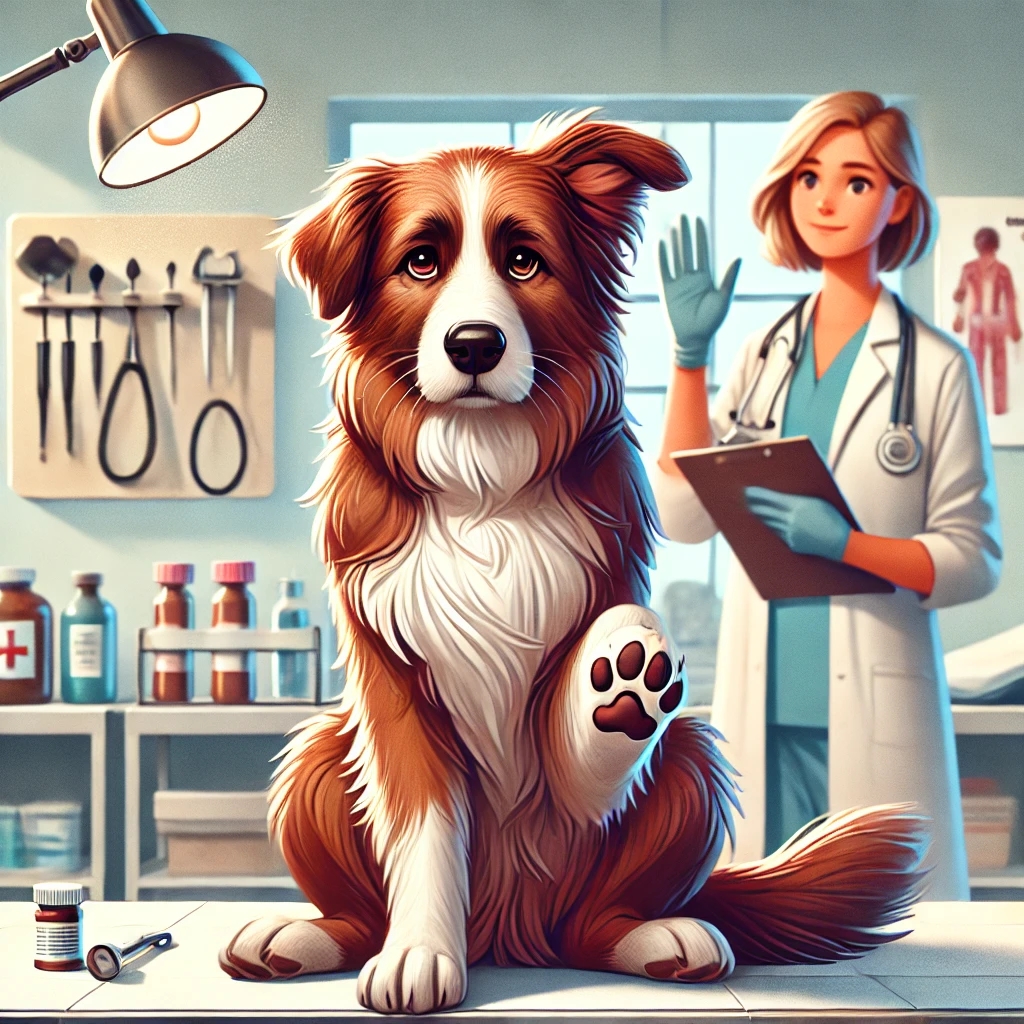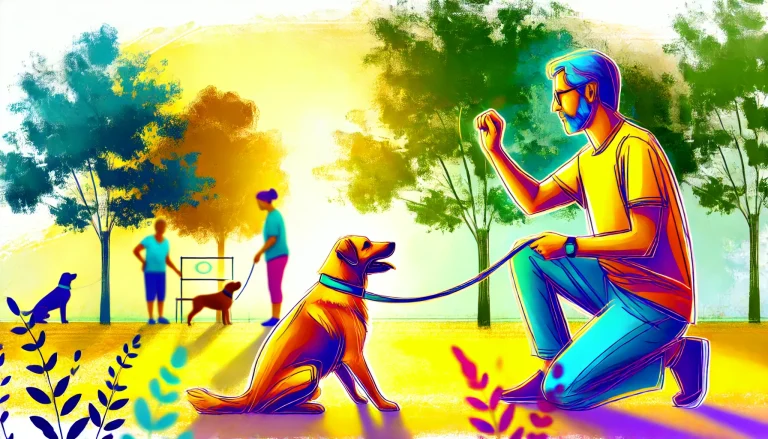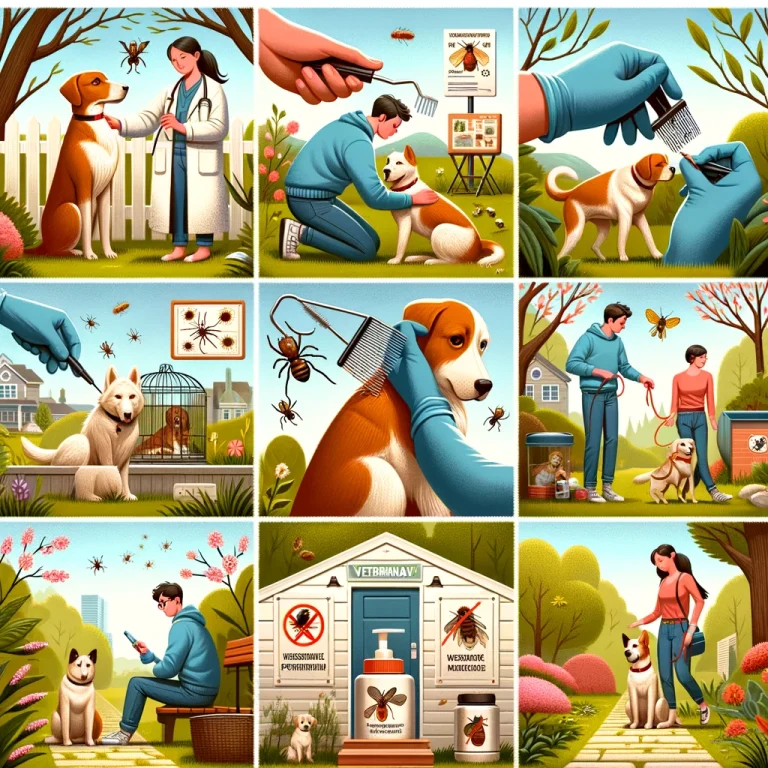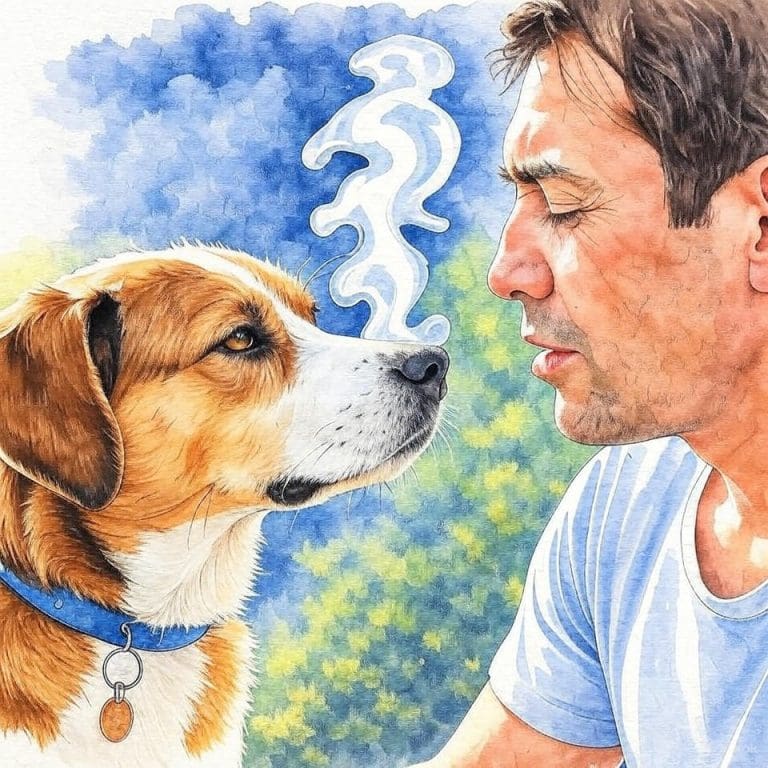Top Signs of Illness in Dogs You Should Never Ignore
As a dog owner, you’re the first line of defense in keeping your furry friend healthy and happy. While dogs can’t tell us when something is wrong, their body language, habits, and physical changes can offer critical clues. Recognizing the early signs of illness can make a huge difference in catching issues before they become serious. Here are some top signs of illness in dogs that you should never ignore.
1. Changes in Eating or Drinking Habits
One of the most common indicators that something might be wrong is a noticeable shift in your dog’s appetite or thirst levels.
- Decreased Appetite: A sudden refusal to eat could signal dental issues, gastrointestinal problems, or even an underlying systemic illness.
- Excessive Thirst: Drinking more than usual might indicate diabetes, kidney issues, or other metabolic disorders.
If these changes persist for more than a day, consult your vet.
2. Lethargy or Unusual Fatigue
Dogs have their lazy days, but consistent lethargy or disinterest in activities they usually enjoy can be a sign of illness. Possible causes include infections, heart problems, or anemia. If your dog seems “off” for more than a day or two, it’s worth getting checked out.
3. Vomiting or Diarrhea
Occasional vomiting or loose stools might not be a cause for alarm, but persistent episodes or those accompanied by blood should not be ignored.
- Vomiting: Frequent or severe vomiting could indicate poisoning, gastrointestinal obstruction, or a more serious condition.
- Diarrhea: Prolonged diarrhea can lead to dehydration and might point to infections, parasites, or dietary issues.
4. Unexplained Weight Loss
A noticeable drop in weight without any changes in diet or exercise is a red flag. It could signal a range of problems, from intestinal parasites to serious conditions like cancer or kidney disease.
5. Difficulty Breathing
Breathing issues are always an emergency. Watch for:
- Labored breathing
- Persistent coughing
- Wheezing or choking sounds
Respiratory problems might be caused by infections, allergies, or even a foreign object lodged in your dog’s airway.
6. Unusual Lumps or Bumps
Not all lumps are cancerous, but any new growth should be evaluated by a vet. Some might be harmless, like fatty tumors, but others could indicate serious conditions.
7. Changes in Bathroom Habits
Pay attention to your dog’s bathroom routines. Straining to urinate, increased frequency, accidents in the house, or visible blood in their stool or urine can indicate urinary tract infections, blockages, or other serious conditions.
8. Bad Breath or Excessive Drooling
While “doggy breath” is normal, a foul odor can point to dental disease, gum infections, or even gastrointestinal issues. Similarly, excessive drooling could signal oral pain, a foreign object, or even poisoning.
9. Skin or Coat Problems
A dog’s coat often reflects their overall health. Look out for:
- Excessive shedding or bald patches
- Redness or irritation
- Persistent scratching or licking
These could indicate allergies, parasites, or skin infections.
10. Behavioral Changes
Sudden aggression, fearfulness, or withdrawal may be signs of pain or neurological issues. Dogs experiencing discomfort might act out of character to communicate their distress.
When to Act Immediately
While some symptoms may require monitoring, others demand immediate action. These include:
- Collapse or inability to stand
- Seizures
- Rapid swelling of the face or body
- Uncontrolled bleeding
If you notice these signs, seek emergency veterinary care right away.
Prevention Is Key
The best way to protect your dog’s health is through proactive care:
- Regular vet checkups
- Keeping vaccinations up-to-date
- Providing a balanced diet and regular exercise
- Staying on top of flea, tick, and parasite prevention
Final Thoughts
Your dog relies on you to recognize when something’s wrong. By keeping an eye on their behavior and physical health, you can ensure they live a long, happy life. If you notice any of the signs mentioned above, don’t hesitate to contact your veterinarian.
Need help keeping your dog healthy? Contact us for guidance and support!







